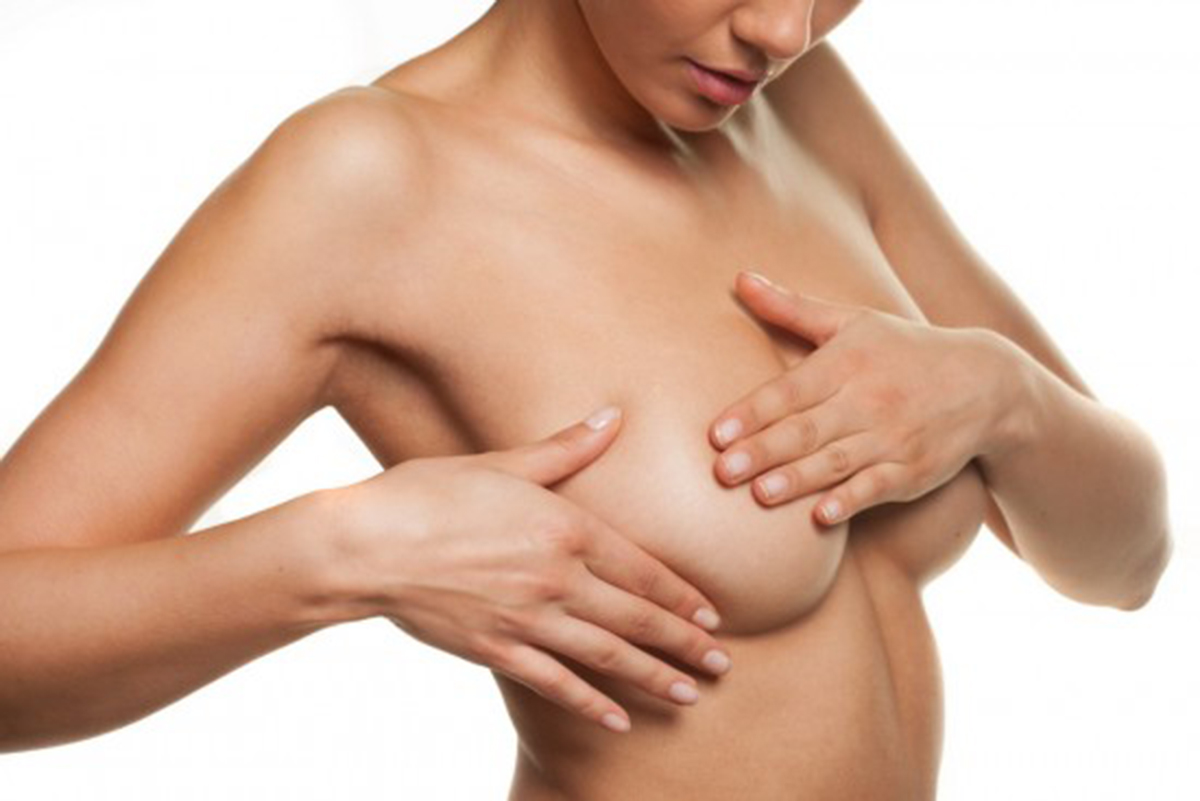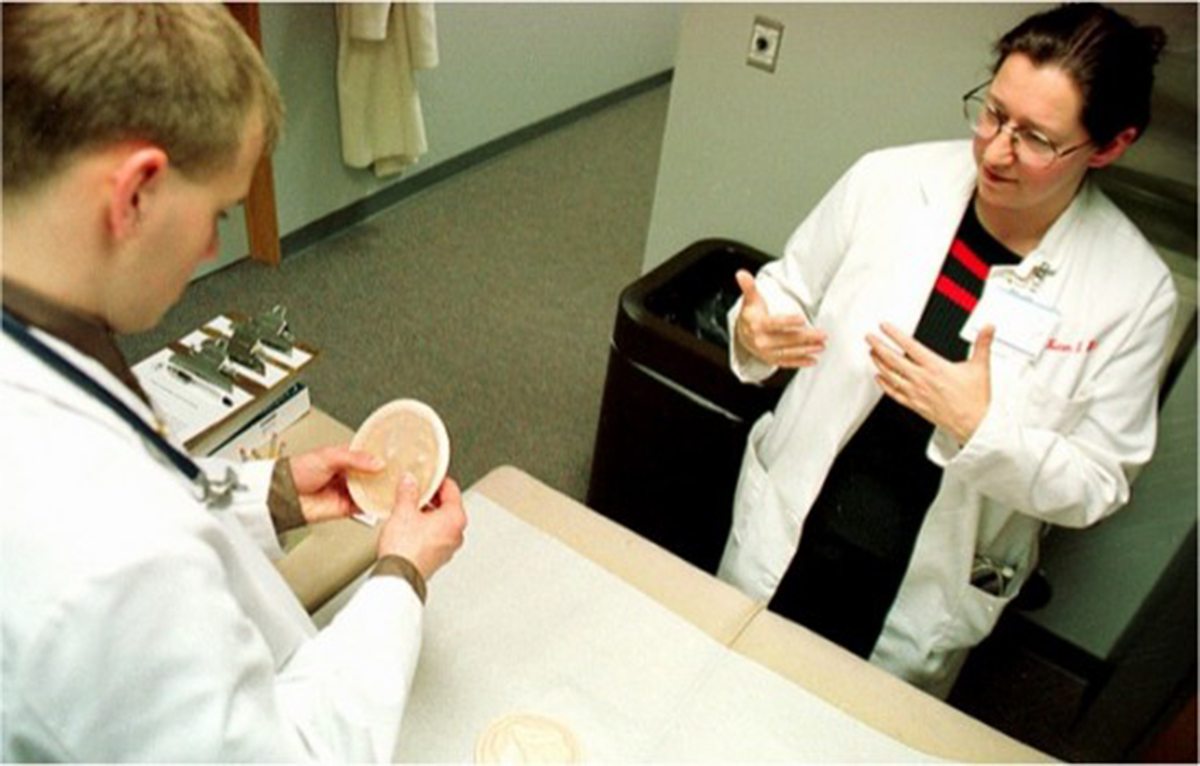Breast cancer is one of the most common types of cancers that develop in women. Though it usually presents first with a suspicious mass on your breast, every breast mass is not necessarily a cancerous one. Learn now how to differentiate between breast masses, and when to worry or not.
For any woman, the presence of a mass, lump or bulge on the breast could be a pretty frightening experience. You might start to jump to conclusions and believe that you might have breast cancer. And with the fact that – in this time and age – we are able to look up any possible diagnosis for our breast mass with "Dr. Google" (based on its size, its color, its appearance or the products it possibly secretes), our worries, fears and anxieties are even further worsened.

Just like malignant masses, benign masses initially present as a lump or bump on the surface of the breast. There are a vast array of breast masses (both benign and malignant), and truly, just from the “feel” of the mass, you can’t always tell (though you might be able to get a clue at times). However, a more detailed cytological examination would give you a great deal of information as to whether your breast mass is harmless, or whether you should actually start to worry.
What exactly do you need to know about different breast masses and how to tell if they are cancerous?
Benign Breast Masses: Worry Not
Benign breast masses are extremely common, and as a matter of fact approximately 80% of all breast masses are benign. They can arise as part of a normal physiological process (hormone regulation), traumatic damage to the breast, breast infection and even medications side-effects. The reason why benign breast masses are so common throughout a woman’s reproductive age is because they are sensitive to estrogen fluctuation throughout menstrual cycles.
The most common benign breast mass is called a fibroadenoma, also called the “mouse of the breast”. A fibroadenoma is made of fibrous and glandular tissue that comes from overstimulation of the glandular tissue of the breast. On palpation, fibroadenomas are firm, hard and rubbery masses, and when they are pressed they change direction (hence their nickname, “mouse of the breast”).
Fibrocystic changes are also very common and somehow similar to fibroadenomas, but the latter ones appear on both breasts (unlike fibroadenomas which are unilateral) and they increase in size as the time for menstruations approaches. Other examples of harmless breast lumps are breast cysts, which are flui-filled sacs that tend to resorb over time. Sometimes, harmless breast masses might appear dangerous at first sight, which is the case of intraductal papillomas.
Warty lesions that develop inside of the lobular ducts, intraductal papillomas impinge on the lobules’ blood vessels, causing blood to ooze out and be discharged through the nipple: this is why patients worry. Other types of breast masses that are of lesser significance are those that are caused by a breast abscess or breast necrosis (secondary to local trauma).
Read More: Breast Cancer Prevention: Practical Aspects
So here we are: you have just performed a breast self-exam in front of your mirror, and you have detected a suspicious mass that seems to worry you. Your next step should be to head right away to your doctor’s office for a consultation.
Generally, imaging techniques (Ultrasound, Mammogram, MRI, etc.) would do the trick. Ultrasounds can help your doctor differentiate a solid mass from a cyst. A mammography, followed by a fine needle aspiration could help in determining whether a mass is benign or malignant (possible breast cancer).
Dangerous Breast Masses: Consultation Required!
The only way to differentiate a malignant from a benign breast mass is through biopsy.

So when you palpate the mass and feel the characteristic presenting signs abovementioned, there are millions of possible types of cancer.
Intraductal carcinoma is the most common type of breast cancer. The cancerous cells develop from the lactiferous ducts, then break through the basement membrane of the lactiferous ducts and proliferate in the surrounding fatty tissue. However, if the cancer develops in the breast lobules (glandular tissue), we talk about lobular breast carcinoma, and this type of cancer is more difficult to detect on a mammogram. Another type of breast cancer, Inflammatory Breast Cancer, makes the skin of the breast appear warm and soft, just like in inflammation.
Worrisome Spread
However, if the cancer develops in the breast lobules (glandular tissue), we talk about lobular breast carcinoma, and this type of cancer is more difficult to detect on a mammogram. Another type of breast cancer, Inflammatory Breast Cancer, makes the skin of the breast appear warm and soft, just like in inflammation.
Angiosarcoma, a cancer that develops from the lining of the blood vessels can also occur in the breast vascular system, though rare. Another type of rare malignant breast tumor is the phyllodes tumor, which histologically is shaped as a leaf. Other types of breast cancers include medullary carcinoma, papillary carcinoma and mucinous carcinoma.
Getting a Clearer Picture
Out of all the types of breast cancers, the intraductal and intralobular carcinomas are those that are the most commonly associated with genetics. This is why in women with a family history of breast cancer (BRCA1 or BRCA2), and even for those with a history of breast masses, the serial mammograms have to start earlier (by age 30-35) compared to women who do not have a family history of breast cancer (they can start doing yearly mammograms in their late 40s). Additionally, there are some other known genetic mutations that put one at risk of developing multiple cancers, including breast cancer, and here also genetic studies are warranted.
Read More: Ten Tips About Breast Health
Finding your way: what is the best solution?
Thanks to technology and the huge progress in medicine compared to the times of Hippocrate, breast cancer is not a fatality anymore (just like other diseases). If you are diagnosed with it, there is a myriad of options that you can choose from, to guarantee the best treatment for you, based on your priorities and personal needs. From intensive chemotherapy to radiation therapy or mastectomy, the possibilities are endless, and you don’t have to even “think” of dying of breast cancer anymore. The number of survivors is increasing, and the touching stories are being multiplied.
Though treatment options are varied and widely made available (especially in the developed word), early diagnosis is and still remains the most important predictor of prognosis.
In other words, the earlier the cancer is detected, the better the chances of survival/cure. With that said, get cracking, and should you feel the smallest “abnormal” mass around your breast, report to your doctor as soon as possible!
- Photo by shutterstock.com
- Photo courtesy of University of Michigan Medical School Information Services by Flickr : www.flickr.com/photos/umich-msis/6550246991/


Your thoughts on this